Automatic Egg Collecting Machine – Fast & Low-Breakage
Oct . 28, 2025 12:20 Back to list
Automatic Egg Collecting Machine – Fast & Low-Breakage
Inside the Next-Gen Egg Room: An Insider’s Take on Automated Collection
The first time I stood next to an Automatic Egg Collecting Machine running full tilt, I expected clatter and chaos. Instead, there was a calm, rhythmic transfer—belt to buffer, sprocket to lift—eggs gliding like clockwork. To be honest, it felt more like a quiet logistics line than a barn. This system from Jinwang Western Street, Industrial Zone, Anping County, Hengshui, Hebei, China, is designed for the real world: long days, dust, and the occasional power flicker.
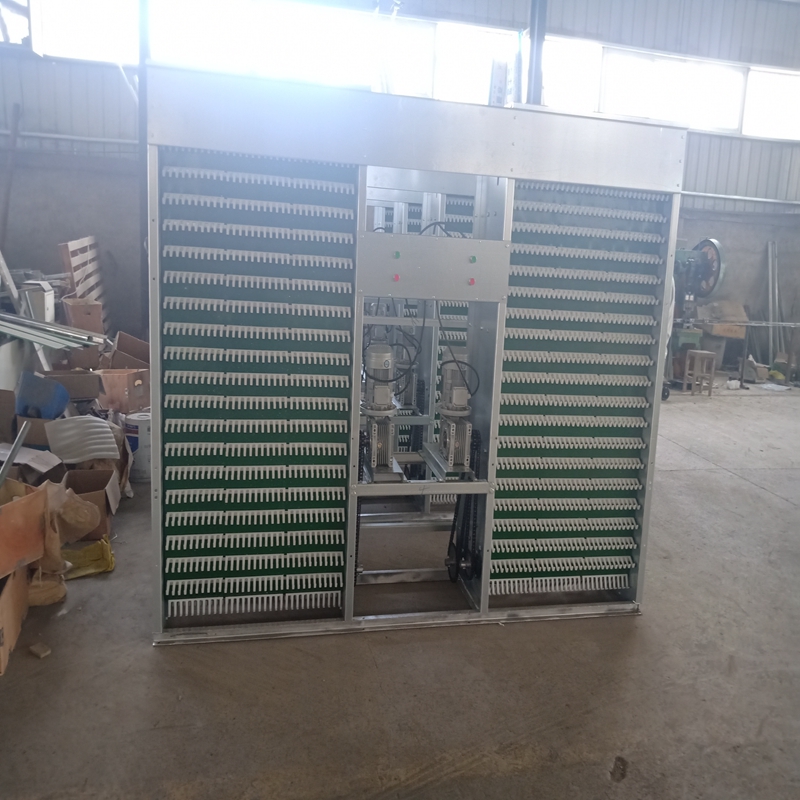
What’s changing in the layer industry
Labor gaps are widening, flock sizes are growing, and breakage targets are tightening. Many producers tell me their KPI board now includes “crack rate under 0.5%” and “traceable batch flow.” The modern Automatic Egg Collecting Machine has morphed into a data-aware conveyor ecosystem—belt speeds synced to lay cycles, soft-start motors, and gentle buffers. In fact, demand for retrofits is rising faster than greenfield builds, which says a lot.

How it works: practical process flow
-
- Cage row belts move eggs to an induction section with optical/IR presence sensing.
- The lift unit elevates to the main transfer; a buffer mechanism absorbs momentum (NBR rollers + PP baffles).
- Sprocket gear drives an oscillating chain line to the central belt.
- Final feedway aligns to trays/crates; optional candling/UV sanitization inline.
Materials: hot-dip galvanized frames, SUS304 contact points, food-grade PP belts, nitrile buffers; IP54 motors with soft-start inverters. Typical service life ≈ 8–10 years; chains ≈ 20,000–30,000 h before overhaul, real-world use may vary.
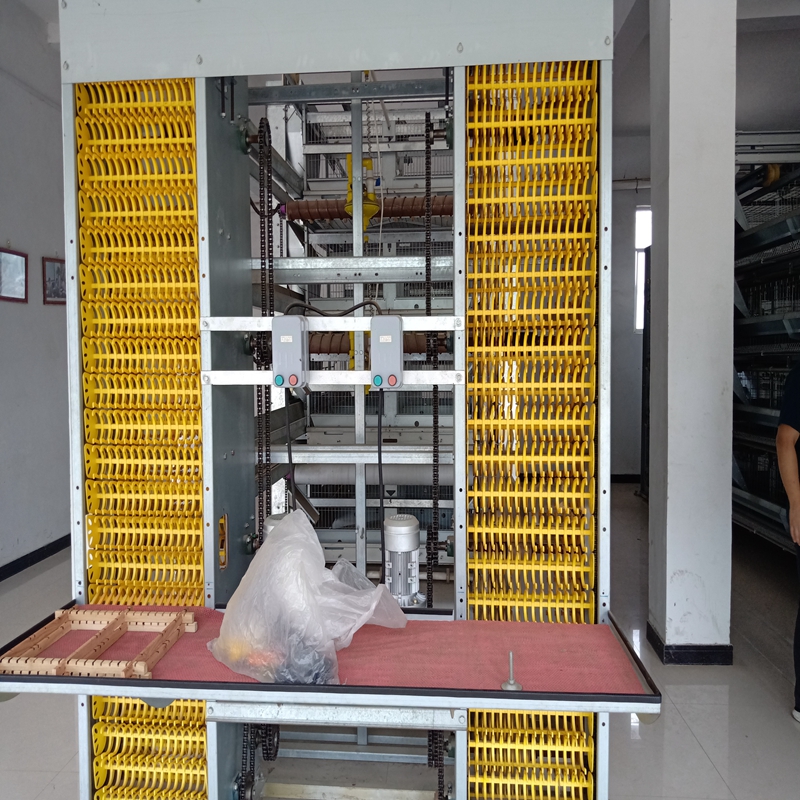
Product specifications (typical)
| Capacity | ≈ 18,000–45,000 eggs/hour |
| Breakage rate | ≤ 0.3% in factory tests (field may vary) |
| Power | 3–7.5 kW total drive, VFD controlled |
| Belt/Chain | PP modular belt + zinc-plated chain |
| Noise | ≈ 62–68 dB(A) |
| Ingress protection | IP54 motors/gearboxes |
| Certifications | CE (Machinery), ISO 9001 plant; food-contact parts per EU/US norms |
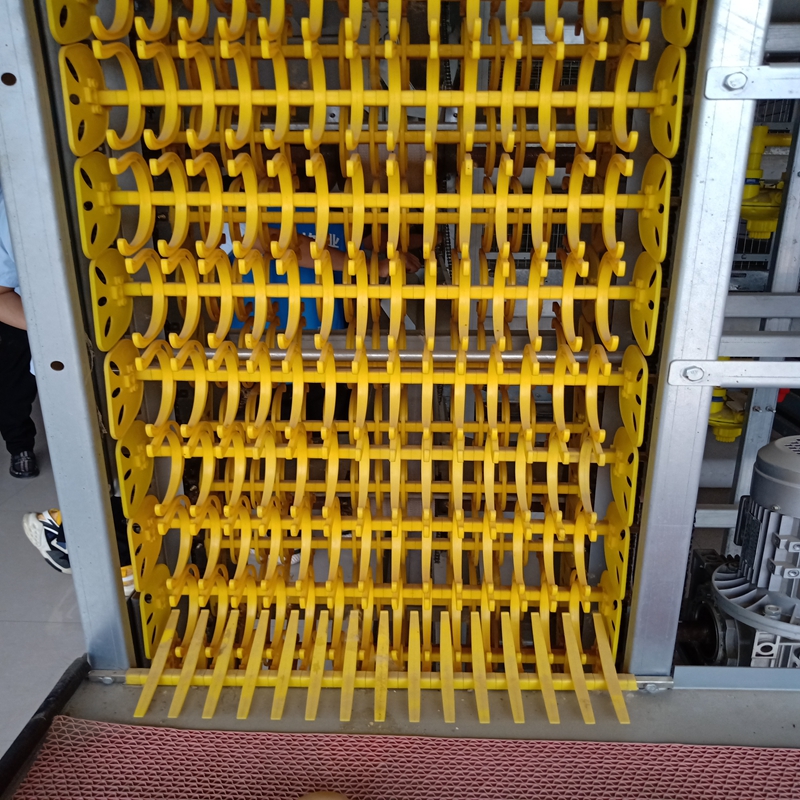
Testing and standards
Factory FAT includes load tests at ±10% capacity, belt tracking, emergency-stop response per EN/IEC 60204-1, and sampling inspection per ISO 2859-1. Food-contact cleanliness validated against ISO 22000 programs and HACCP plans; guard distances referenced to EN ISO 13857. I guess the unglamorous takeaway: calibration matters more than shiny steel.
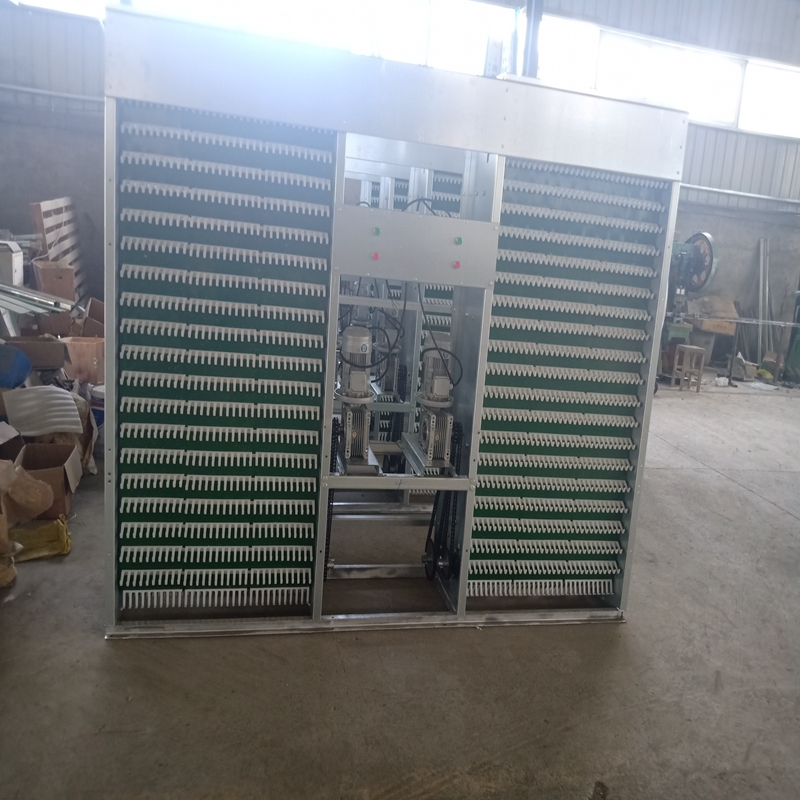
Where it fits
Large-scale layer farms, multi-tier cage houses, and integrated packing rooms. Common add-ons: inline grading, candling, RFID lot tracking, and UPS backup. Advantages? Less manual lift, fewer micro-cracks, steadier shift output.

Vendor snapshot (real-world buyer notes)
| Vendor | Strengths | Lead Time | Indicative Cost | Warranty |
|---|---|---|---|---|
| Yize (Hebei, CN) | Rugged build, flexible retrofits, responsive spares | ≈ 25–45 days | $$ (value-focused) | 12–18 months |
| EU Brand A | Deep integration with graders, analytics | ≈ 8–12 weeks | $$$ | 24 months |
| Local Integrator B | Fast onsite service, custom tweaks | ≈ 2–6 weeks | $–$$ | 6–12 months |
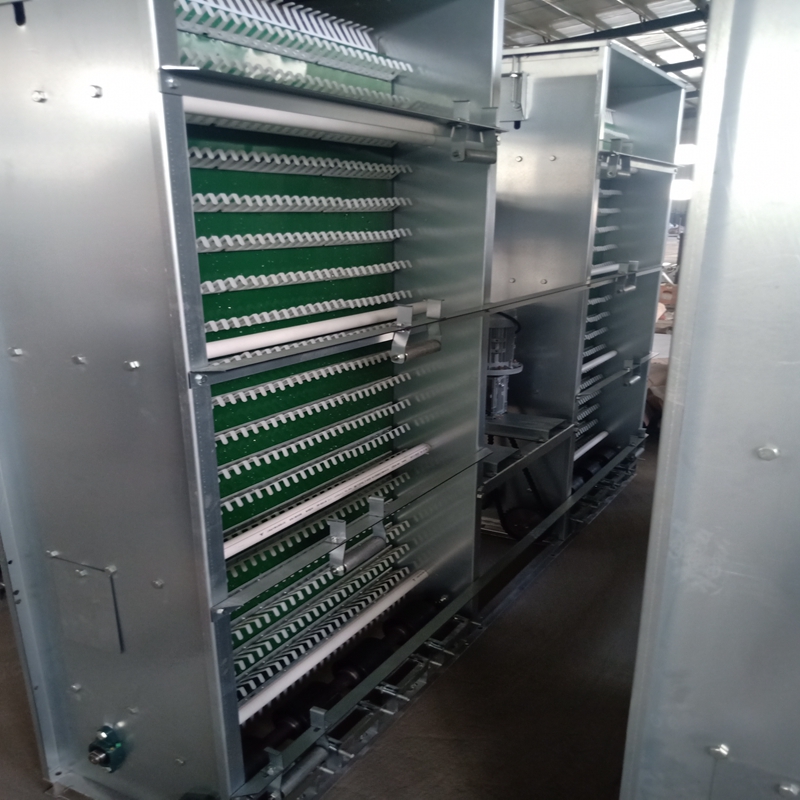
Customization menu
-
- Belt width/ply and anti-static options
- Variable-angle lifts for tier spacing
- Soft buffer kits tuned to egg weight class (S/M/L)
- PLC brand swaps (Siemens/Delta) and SCADA hooks
- Power: 220/380/415 V, 50/60 Hz

Field notes and mini case studies
Layer farm, 120k birds: retrofit over three houses; crack rate dropped from 1.1% to 0.38%; shift labor down by 2 FTEs; uptime 98.6% over six months (monsoon season, surprisingly steady). Regional integrator project: added UV lane; traceability improved—lot mapping to row-level in under 30 s.
Customer feedback? “Easier nights,” one manager joked—less scrambling at end of shift, better flow into grading.
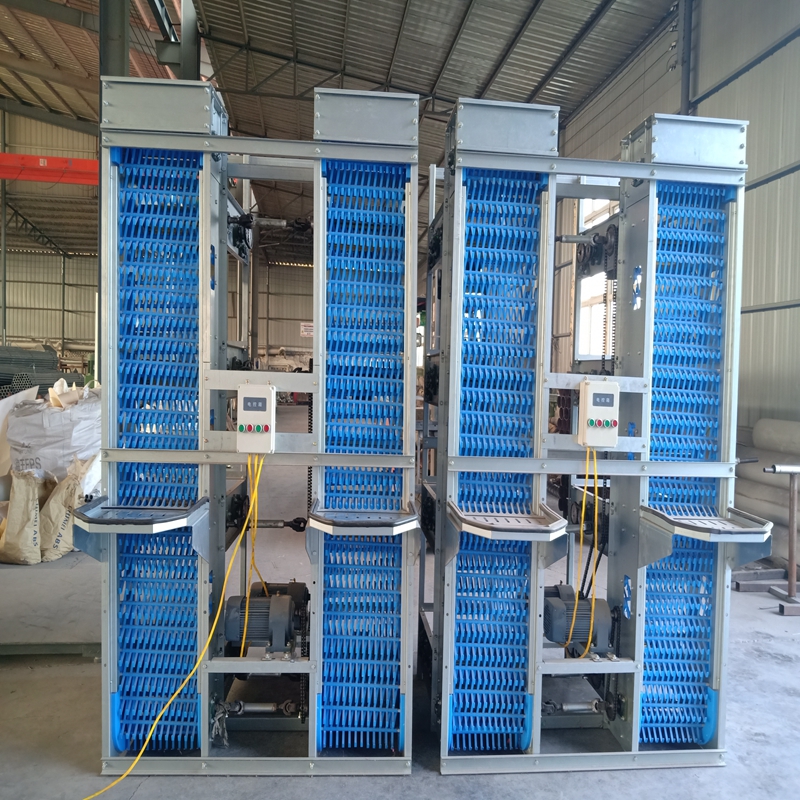
Safety, compliance, and the fine print
Conforms to CE Machinery Directive, with electrical safety per IEC/EN 60204-1, risk assessment aligned to ISO 12100, and food-safety programs under ISO 22000/HACCP. Always validate local codes and animal-welfare guidelines; house geometry and egg lines differ more than brochures admit.
If you’re scoping a Automatic Egg Collecting Machine for a large-scale cage system, start with throughput targets and tray interface, then specify buffer hardness and belt speed range. Site visits help—floor slopes and door clearances have a way of rewriting plans.
Authoritative citations
- FAO. Egg Handling and Processing Guidance. https://www.fao.org/
- ISO 22000:2018 Food Safety Management Systems. https://www.iso.org/standard/65464.html
- EN ISO 12100: Safety of machinery—Risk assessment. https://www.iso.org/standard/51528.html
- IEC/EN 60204-1: Safety of machinery—Electrical equipment. https://webstore.iec.ch/
- EU Machinery Directive 2006/42/EC. https://eur-lex.europa.eu/
- EN ISO 13857: Safety distances to prevent hazard zones. https://www.iso.org/
-
Efficient & Sustainable Chick Brooding Cage Systems for Modern Poultry Farming
NewsNov.24,2025
-
Cage for Chick: Optimizing Poultry Care for Global Food Security
NewsNov.23,2025
-
Baby Chicks Cage – Global Solutions for Sustainable Poultry Farming
NewsNov.22,2025
-
Baby Chick Cage: The Essential Guide to Brooding Solutions for Poultry Farmers
NewsNov.22,2025
-
Understanding Square Grain Silos: Global Impact, Benefits, and Trends
NewsNov.21,2025
-
Automatic Feeding Line System-Anping County Yize Metal Products Co., Ltd.|Automated Feeding&Watering
NewsNov.21,2025






